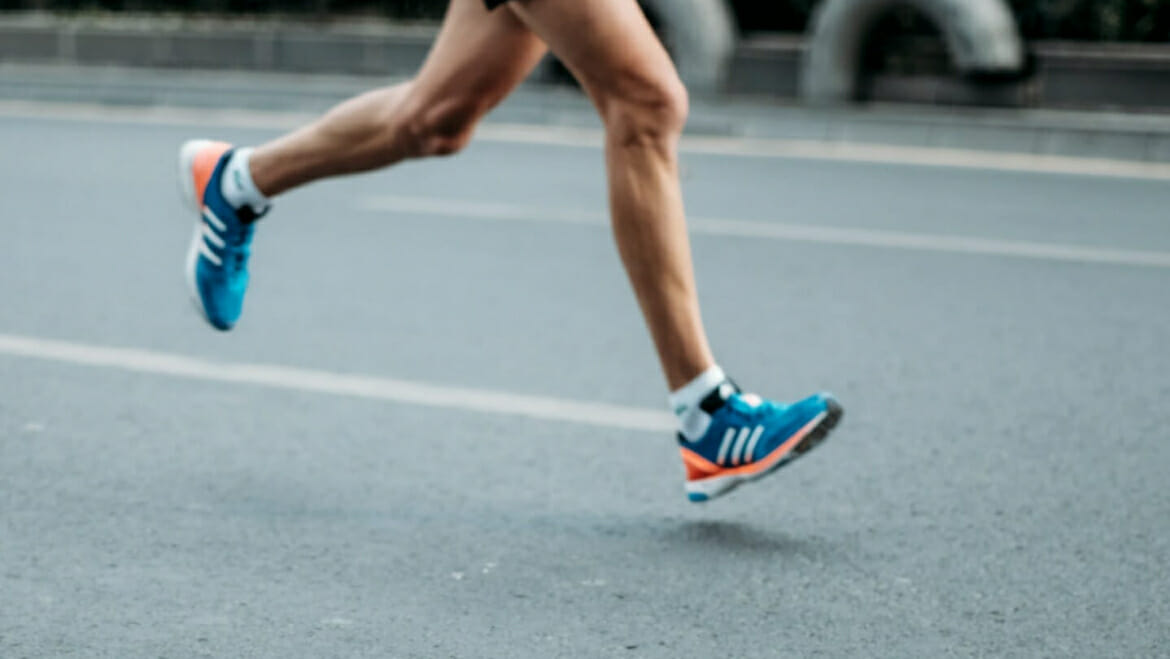Shin splints hughston
Do you often experience pain in the front of your shin? It could be shin splints, a common condition that affects many athletes and fitness enthusiasts. Shin splints can be quite uncomfortable and can interfere with your active lifestyle. But fret not, there are ways to manage and relieve the pain associated with shin splints.
Managing Shin Splints

First and foremost, it is important to rest and give your legs time to heal. If you continue to put strain on your shins, it can exacerbate the condition and prolong the healing process. Consider activities that are low-impact, such as swimming or cycling, to stay active while allowing your shins to recover.
Ice therapy can help reduce inflammation and alleviate pain. Apply an ice pack to the affected area for 15-20 minutes several times a day. This will help reduce swelling and promote healing.
Wearing proper footwear is crucial when it comes to preventing and managing shin splints. Invest in good-quality athletic shoes that provide adequate support and cushioning. It is also recommended to replace your shoes regularly, especially if you are an avid runner or engage in high-impact activities.
Self-Help Techniques

Self-help techniques can be effective in reducing shin splint pain. One such technique is stretching. Stretching the calf muscles before and after exercise can help alleviate tension and stress on the shins. Incorporate exercises like calf raises and toe raises into your routine to strengthen the muscles surrounding the shins and ankles.
Another helpful technique is using a foam roller on the shins. By applying gentle pressure and rolling the foam roller along the shins, you can help release any tightness or adhesions in the muscles. This can provide relief and prevent further discomfort.
Recipe for Shin Splints Relief
Ingredients:
- Rest and recovery
- Ice pack
- Good-quality athletic shoes
- Stretching exercises
- Foam roller
Instructions:
- Begin by taking a break from high-impact activities and giving your shins time to heal. Resting is crucial for recovery.
- Apply an ice pack to the affected area for 15-20 minutes several times a day to reduce inflammation.
- Make sure you are wearing proper athletic shoes that provide support and cushioning for your shins.
- Incorporate stretching exercises into your routine to relieve tension and strengthen the surrounding muscles.
- Use a foam roller to gently massage the shins and release any tightness or adhesions.
Remember, shin splints can be a common issue, especially for athletes and runners. However, by following these self-help techniques and taking proper care of your shins, you can manage the pain and prevent further discomfort. It is always important to listen to your body and consult a healthcare professional if the pain persists or worsens. Take care of your shins and keep enjoying your active lifestyle!